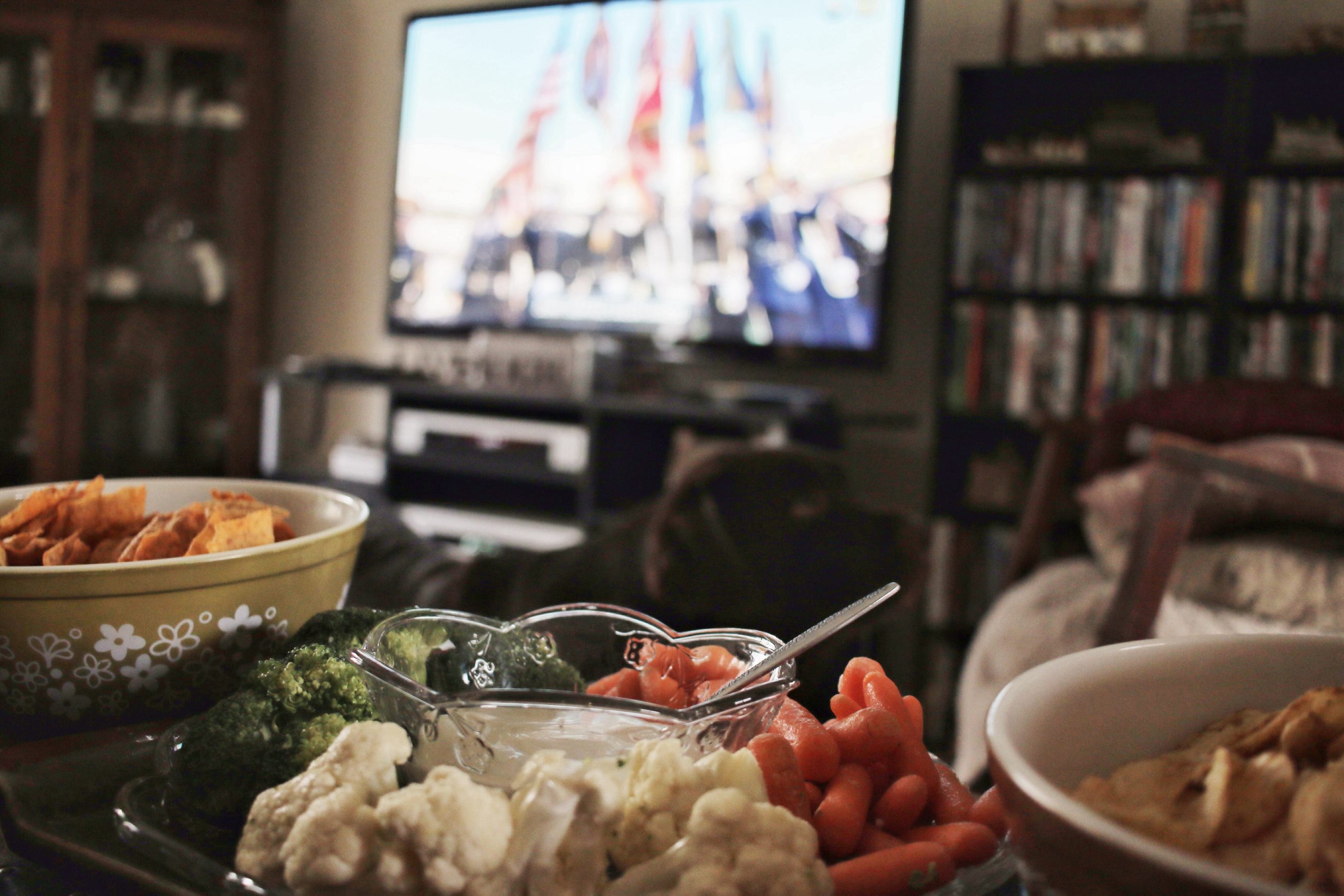Think about your favorite Super Bowl commercial – you can probably quickly conjure up a certain saying, jingle or funny visual from an ad that you enjoyed. These TV promotions have become almost as famous as the game itself, and anticipation builds up every year before the Super Bowl as to which company will have the most hilarious, heartfelt, or creative ad.
In recent years, however, businesses have not only relied on TV to convey their message – many have made use of new technologies and strategies to get the word out about their upcoming commercials.
There are many lessons to be learned from Super Bowl ad campaigns that marketers can implement into their own content strategies. Below, we take a look at some of our favorite Super Bowl ads, what made them successful and how to follow their lead.
Taco Bell’s multi-channel marketing makes audiences crave more
A few weeks before Super Bowl L, Taco Bell began hinting at a new menu item, and it used social media to drum up suspense about what the dish would be. The brand utilized Snapchat, Instagram and other social networks to spread the word and get its hashtags trending before the game, during which it unveiled the Quesalupa.
So what does this mean for content marketing?? Taco Bell created a multi-channel social media strategy as well as teaser updates on its site before revealing its creative commercial.
The lesson: Relying on one channel limits your reach and influence. Instead, you should target multiple channels to increase exposure because your prospects no longer rely on one certain medium to gather information – they now use a variety of sources.
Budweiser doesn’t horse around when it comes to tradition
Budweiser’s commercials are a mainstay in the Super Bowl ad lineup. Particularly, each year, viewers expect a new Budweiser commercial that features its iconic Clydesdale horses. Whether the ad is more emotional in nature (with its adorable puppy and horse friendships) or promoting the overall pride of the brand (such as its #NotBackingDown commercial in 2016), consumers look forward to these ads when the game rolls around.
The content marketing takeaway from Budweiser? Create content that’s valuable – that’s the key to engagement. When your content is valuable (i.e. entertaining, informative or useful), your customers and prospects will want more of it, and that’s the key to building brand awareness. You also want to maintain
Eat A Snickers: All the cool kids are doing it
Featuring various celebrities in states of “hangriness,” Snickers’ recent campaigns have relied on influencer marketing. The candy bar maker not only utilized social media before debuting its new commercials, but it also turned its website into an effective marketing tool.
Snickers used influencers as part of these ads, including celebrities such as Willem Dafoe, Betty White and Danny Trejo. These well-known figures have helped the brand gain more attention, and they also helped to spread the Snickers brand to larger target audiences, perhaps some prospects who may never have considered Snickers as a preferred candy before.
Uber’s celebrates puppy love
Last year, Uber took a different approach to advertising during Super Bowl season. The ride-sharing app developer focused on the Puppy Bowl instead, which garnered over 2.2 million viewers last year, according to The Wrap. The week of the game, Uber teamed up with animal humane societies in various cities to bring puppies to app users for a 15-minute playtime.
Besides the appeal of adorable puppies, Uber was successful because it showed that you can think outside of the box, by developing a strategy that explored new avenues and attracted different target audiences.
If you do decide to incorporate a similar method, be sure to do your research beforehand – trying to reach a specific set of prospects without knowing their exact preferences means your efforts may not have the impact you had hoped for.
Taco Bell, Budweiser, Snickers, Uber and other big-name brands often pay millions of dollars for a 30-second ad spot during the Super Bowl, but even if you don’t have the budget, you can still make your marketing campaigns successful by incorporating their strategies into your own objectives.





